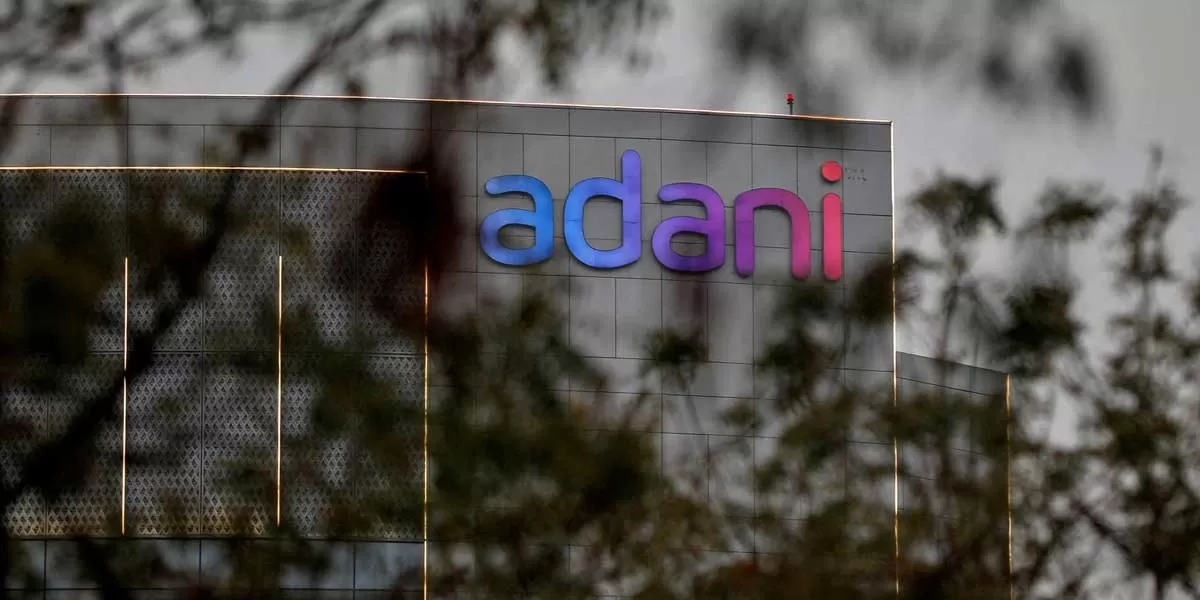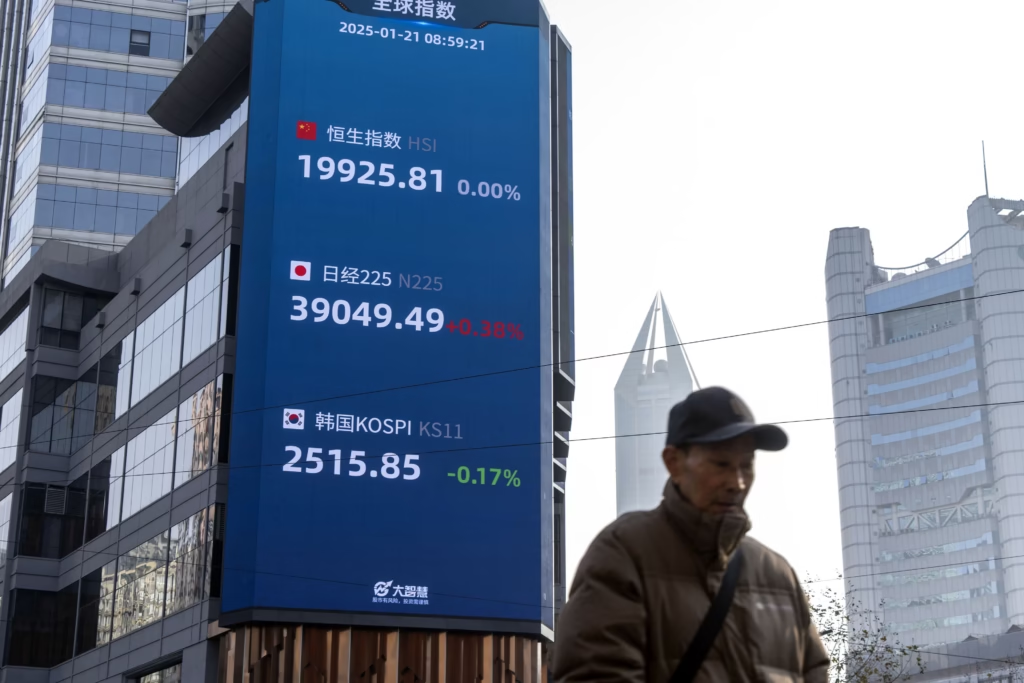Now Reading: Adani Group Secures $1 Billion for Mumbai Airport Expansion, Boosting Infrastructure Growth
-
01
Adani Group Secures $1 Billion for Mumbai Airport Expansion, Boosting Infrastructure Growth
Adani Group Secures $1 Billion for Mumbai Airport Expansion, Boosting Infrastructure Growth

The Adani Group has raised $1 billion from global investors to support the expansion of Mumbai’s Chhatrapati Shivaji Maharaj International Airport. This funding marks a significant step in India’s ongoing push for world-class infrastructure. As air travel demand rises across metros and Tier 2 cities alike, the development is expected to enhance connectivity and benefit both passengers and regional economies.
Global Backing for Indian Aviation
The fresh capital was raised through a mix of international investment channels, reflecting growing global confidence in India’s aviation and infrastructure sectors. The Adani Group plans to use the funds to upgrade facilities, expand terminal capacity, and improve passenger experience at the Mumbai airport.
With Mumbai being one of the busiest airports in India, the expansion aims to ease congestion and future-proof the airport against rising air traffic.
Why This Matters for Tier 2 Cities
While the expansion is centered in Mumbai, its ripple effects will be felt across Tier 2 cities. Improved airport capacity means better flight connectivity to cities like Nagpur, Indore, Lucknow, and Coimbatore. It will also help regional airlines manage smoother schedules and attract more domestic flyers.
Additionally, business hubs in smaller cities rely on fast access to financial capitals like Mumbai. An upgraded airport boosts this efficiency and supports regional trade, tourism, and employment.
Infrastructure as a Growth Driver
India’s aviation sector has seen rapid growth post-pandemic, with Tier 2 and Tier 3 cities emerging as key players. The government’s UDAN scheme and increased focus on domestic air routes have added to this shift.
Adani’s move aligns with a broader national trend of investing in future-ready transport systems. It also reflects private sector commitment toward contributing to India’s long-term infrastructure roadmap.
Investor Confidence and Economic Signal
The $1 billion funding also sends a strong signal about India’s investment climate. Global investors continue to show interest in sectors like infrastructure, energy, and technology. The backing for Adani’s airport project underscores how such investments are no longer limited to traditional markets and are expanding into long-term, high-capacity assets.
Conclusion
The Adani Group’s successful fundraise for Mumbai airport expansion is more than a corporate milestone—it’s a reflection of India’s growing ambition to modernize its infrastructure. For Tier 2 cities, the move promises improved access, better flight options, and new economic opportunities. As India aims to become a $5 trillion economy, such developments play a key role in bridging regions and accelerating inclusive growth.






















